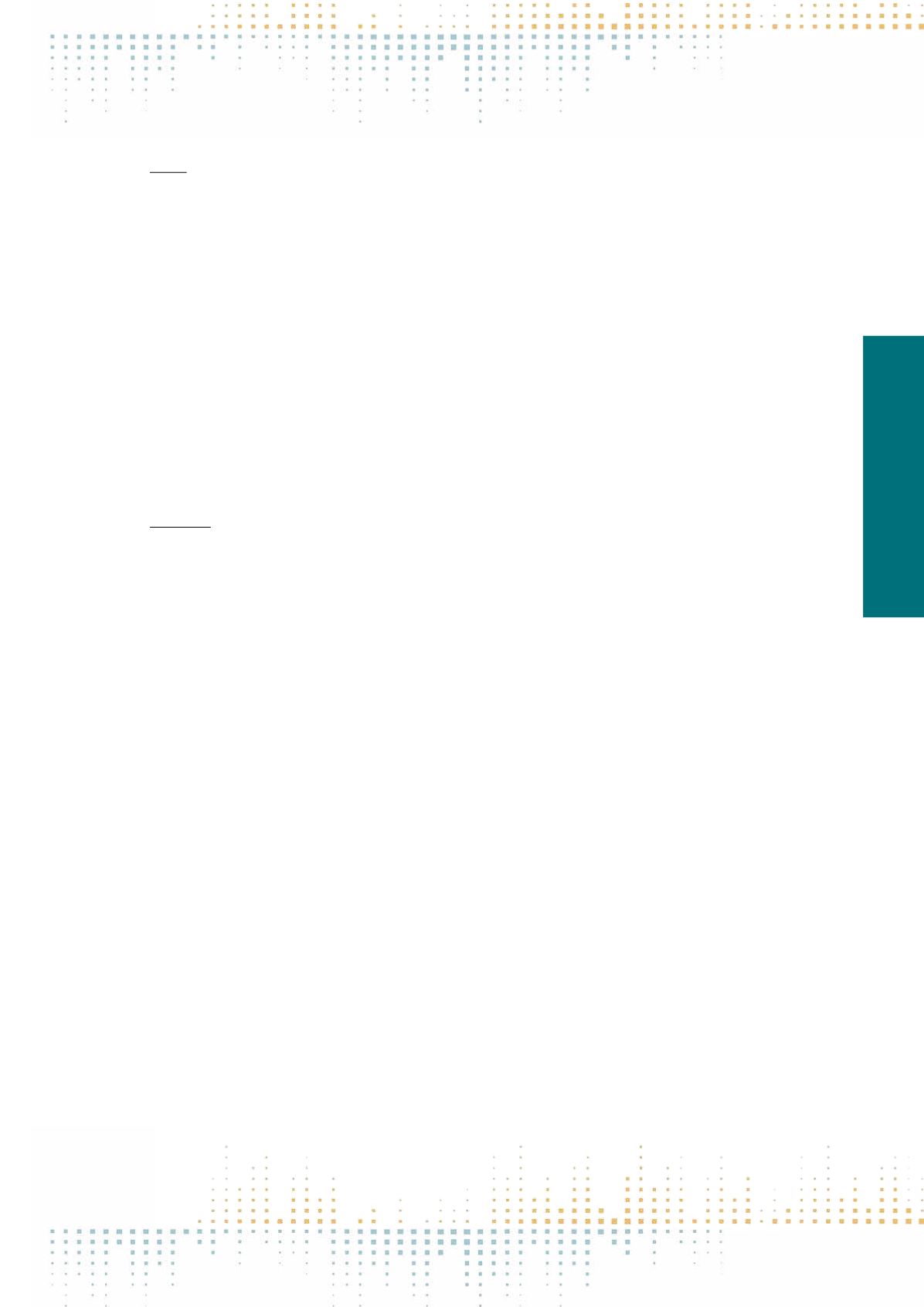

559
Friday, November 11
1 8 : 0 0 – 1 9 : 3 0
PP 458
Field Trial of a Prototype for Locative Storytelling in Sound
J. Hoem
1
, L. Nyre
2
, B. Tessem
2
1
Bergen University College, Centre for New Media, Bergen, Norway
2
University of Bergen, Department of Information Science and Media Studies, Bergen, Norway
The Auditor project explores the experience of sonic augmented reality, using noise-cancelling headphones. This mediation technique is still marginal in
the marketplace, but it might become more significant in the future. The Internet of Things implies that radio transmitters can be inserted in almost any
device, and these devices can relate to each other in networks. Auditor uses Bluetooth-transmitters (ibeacons) to create a grid for sound projections. Such
projections can be micro-positioned: in a hall, corridor, road, park, shop, museum, etc. The Bluetooth beacons can be used to control expressions in sound,
by delivering a story, a voice, factual information, or music. Auditor explores the potential of micro-positioning by erecting a simple grid of beacons in
an enclosed space, and producing a sensitive sound narrative where the listener's movements make the narrative evolve. How will informants experience
this?Two groups of informants (n=40) are given different «treatments» of the same narrative; simple A versus complex B.The simple version is in mono, it is
limited to playback triggered by the users’position. There is no panning of the sounds, and only one voice is played at a time. The more complex version is in
stereo. Effect sounds and voices are panned according to the user’s change in orientation, and it plays two or more sounds simultaneously. Initial statistical
analysis finds that there is no significant difference between the informant groups regarding immersion. The less elaborate sound narrative in medium
A works just as fine in creating immersion as the more advanced, stereo, panning medium B. An implication for industry is that production teams might
accomplish good sonic augmented reality effects with relatively cheap and simple means. Just like radio has always been easier than television, sonic AR is
easier than visual AR. Keywords: sonic AR, field trial, sound narrative, sound studies, media design
PP 459
Journalists’ Wishes and Needs for a Digital Technology. Public Service Broadcasting and Its Transformation Process into a Trimedia
Future
M. Verhovnik
1
, I. Bracker
1
, K. Meier
1
1
University of Eichstaett-Ingolstadt, Institute of Journalism, Eichstaett, Germany
Theoretical Background: As a result of the digitization, of technical innovations and its social use, media companies and newsrooms are in a phase of radical
upheaval. Newsrooms no longer work for only one medium, instead of using more channels and possibilities for interaction with the audience, and there‑
fore workflows, roles and competence requirements have to be modified (Kaltenbrunner/Meier 2013). This paper analyzes the relations between technical
innovations and challenges concerning editorial convergence. Therefore we present results of an interdisciplinary study, which was funded by the Bavarian
Research Foundation. Using the example of“Bayerischer Rundfunk”(BR) – Bavaria’s public broadcasting service – the question was examined, if responsible
editors of innovative media products have wishes, needs or requirements of technology concerning future cross-media high-quality journalism. The theo‑
retical framework is related to research about newsroom convergence: Legacy media find themselves forced to integrate new digital channels and platforms
in their work because of digitization, economic pressure and change of media usage (García-Avilés/Meier/Kaltenbrunner 2015). To date, the transition
of newspapers to the digital age is well examined (see e.g. García-Avilés/Kaltenbrunner/Meier 2014; Hofstetter/Schönhagen 2014; Lischka 2015), but in
the field of broadcasting there is lack of research (for other countries see e.g. Larrondo et al. 2014; Van den Bulck/Tambuyzer 2013; Micó/Masip/Domingo
2013.) Methods: The Bavarian Broadcast provides an ideal example for this pilot study since the company is currently undergoing a complex and long-term
transition process. Key objectives are networking beyond all media channels with theme-orientation instead of programme-orientation. Structural changes
will lead to new editorial office departments, which are planned as“trimedia timelineness-centers“. In spring of 2015, we interviewed 25 employees in key
positions with the help of semi-structured expert interviews. The main selection criterion was the participation in innovative projects. Results: The study
revealed a large scope of wishes, needs and requirements of technology to provide future cross-media high quality journalism. One example: The increased
use of consumer technology leads to problems concerning transmission and interfaces and also to legal issues, e. g. the use of smartphones as camera and
for cutting. Fact is, journalists use this devices anyway and know them excellent from their daily life. If they consider those as adequate for current report‑
ing, those devices become more and more relevant. Associated demands for quality are valued from different perspectives. A further aspect is the security
of data exchange. From the perspective of technicians this point is very important, from the perspective of journalists it means further complication of their
daily work. Due to submitting this paper to the Radio Research Section, we will focus strongly on the results concerning radio and radio journalists. Implica‑
tions: We present results in a rarely examined field, and provide furthermore points of reference for further research. The questionnaire that was developed
for the interviews is also applicable to other (international) media companies. Media companies that solved problems and questions, which are mentioned
in our study, seem to be particularly enlightening. One example is the BBC especially with regard to spatial optimization concerning cross-media production.



















